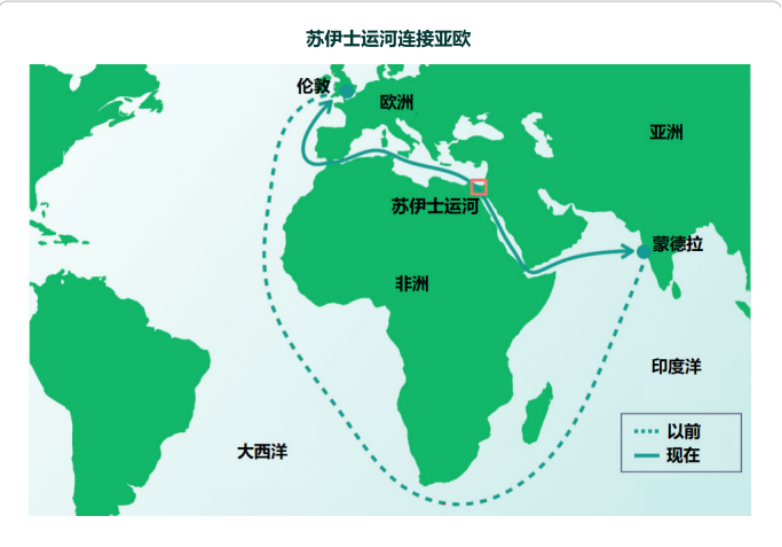
The Red Sea is the main traffic route to the Suez Canal, and 50 to 60 cargo ships pass through it every day, an average of about 19,000 a year Ship. The route handles about 30 percent of global container traffic. The strategic importance of the Red Sea is also reflected in the Suez Canal connecting the Red Sea with the Mediterranean Sea, and the Red Sea is the main trade route for Eurasian countries and Arab countries.
In the context of the ongoing Israeli-Palestinian war, geopolitical tensions in the Red Sea region have escalated. This has led to an increase in the number of attacks by the Iran-backed Houthis on Israeli commercial vessels they suspect of being linked to Israel. Three ships were attacked in the region in the first week of December, raising concerns about rising risks to commercial transport and global East-West trade.
The southern part of the Red Sea is designated as a high-risk area by the London insurance market, requiring ships passing through the area to notify their insurers and pay additional premiums. The move has prompted shipowners to look for safer but more expensive alternative routes, calling for increased security measures in Middle Eastern waters.
One alternative is to sail around the Cape of Good Hope, near Cape Town, South Africa, along the west coast of Africa. While the route is safe, it is significantly longer and more expensive. As a result, shipowners are grappling with higher insurance premiums, and to reduce risk, they also need to reroute vessels and invest in additional insurance measures.
